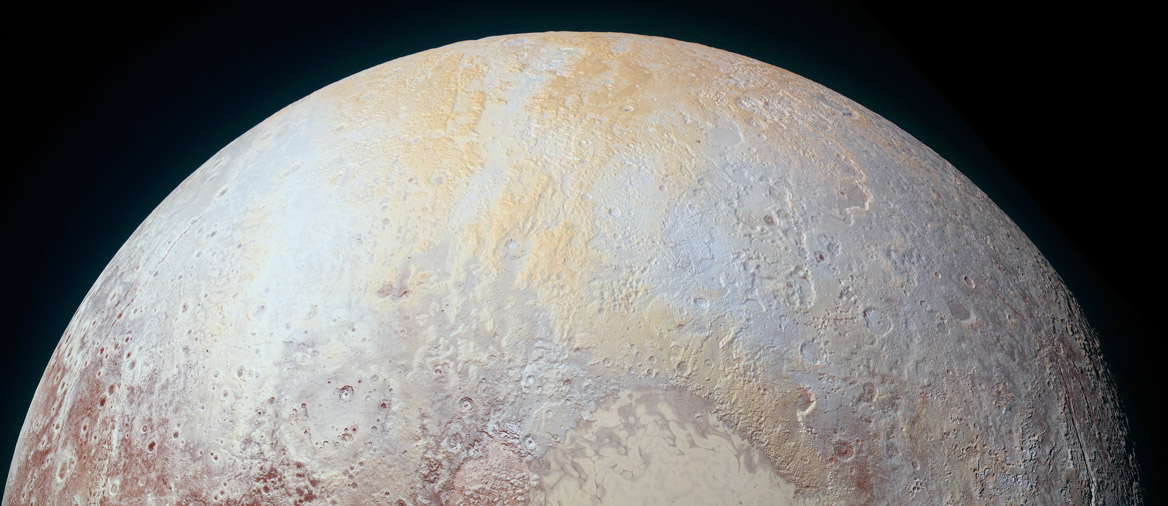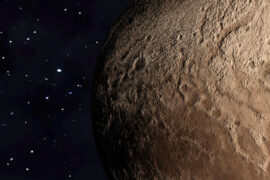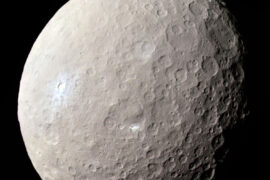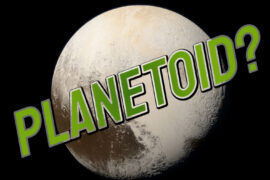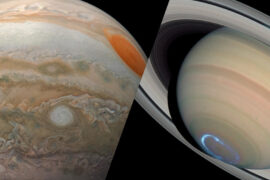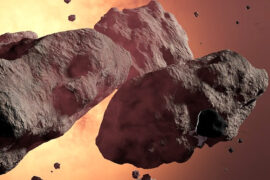Pluto was discovered in 1840, but its largest moon, Charon wasn’t discovered until 1978. Ever since Charon was discovered, some astronomers had the theory that Pluto might have a set of rings just like those found on the gas giants. After four more Plutonian moons were discovered in recent years, this theory became more likely as it could be possible for one of these satellites or other objects to collide with each other, creating a cloud of dust and debris that could form the rings.
The problem was that if Pluto did indeed have rings, they would be too thin and small to be visible from Earth. Even the rings of Neptune and Uranus which are larger and much closer to us aren’t visible and we only know about them because the Voyager 2 spacecraft managed to take a photo from up close in the 80s.
It was until 2006 that NASA was finally able to launch the New Horizons probe. The first spacecraft that had the mission to reach Pluto and study it. It took 9 years for the New Horizon to get to its destination. On July 2015, it sent the first photos and data and astronomers began the search for Pluto’s rings.
This was a critical part of the mission because astronomers were afraid that the small rock particles and dust from these theoretical rings traveling at high speeds could hurt the probe if they didn’t detect them on time.
So, what were the results? What did the New Horizons find?
Does Pluto have rings?
As it turns out, Pluto does not have any rings. The New Horizons probe that orbited Pluto in 2015 confirmed that the dwarf planet doesn’t have a set of rings around it.
Here’s what the research team had to say about it:
“We searched for dust or debris rings in the Pluto-Charon system before, during, and after the New Horizons encounter. Methodologies included searching for back-scattered light during the approach to Pluto (phase ∼15∘), in situ detection of impacting particles, a search for stellar occultations near the time of closest approach, and by forward-scattered light during departure (phase ∼165∘). A search using HST prior to the encounter also contributed to the results. No rings, debris, or dust features were observed, but our detection limits provide an improved picture of the environment throughout the Pluto-Charon system. Searches for rings in back-scattered light covered 35,000-250,000 km from the system barycenter, a zone that starts interior to the orbit of Styx, and extends to four times the orbital radius of Hydra”
This means that the only objects in the Solar system to have rings are still the gas giants. Those are Jupiter, Neptune, Uranus, and of course, Saturn which has the most prominent rings in the Solar system.
It took over one year for the data from the New Horizons probe to come back to Earth as Pluto is on average 5 billion kilometers away from us. That is more than 13,000 times the distance to the Moon (see Pluto vs the Moon).
Astronomers still aren’t sure if only large planets can have rings, but it does appear to be the case. To learn more about that check out our post about Jovian planets and their rings.
Summary
- Pluto does not have a set of rings around it
- NASA’s New Horizons probe specifically searched for them in 2015 as it approached Pluto
- The only objects in the Solar system that have rings are the gas giants (Jupiter, Saturn, Uranus, and Neptune)

